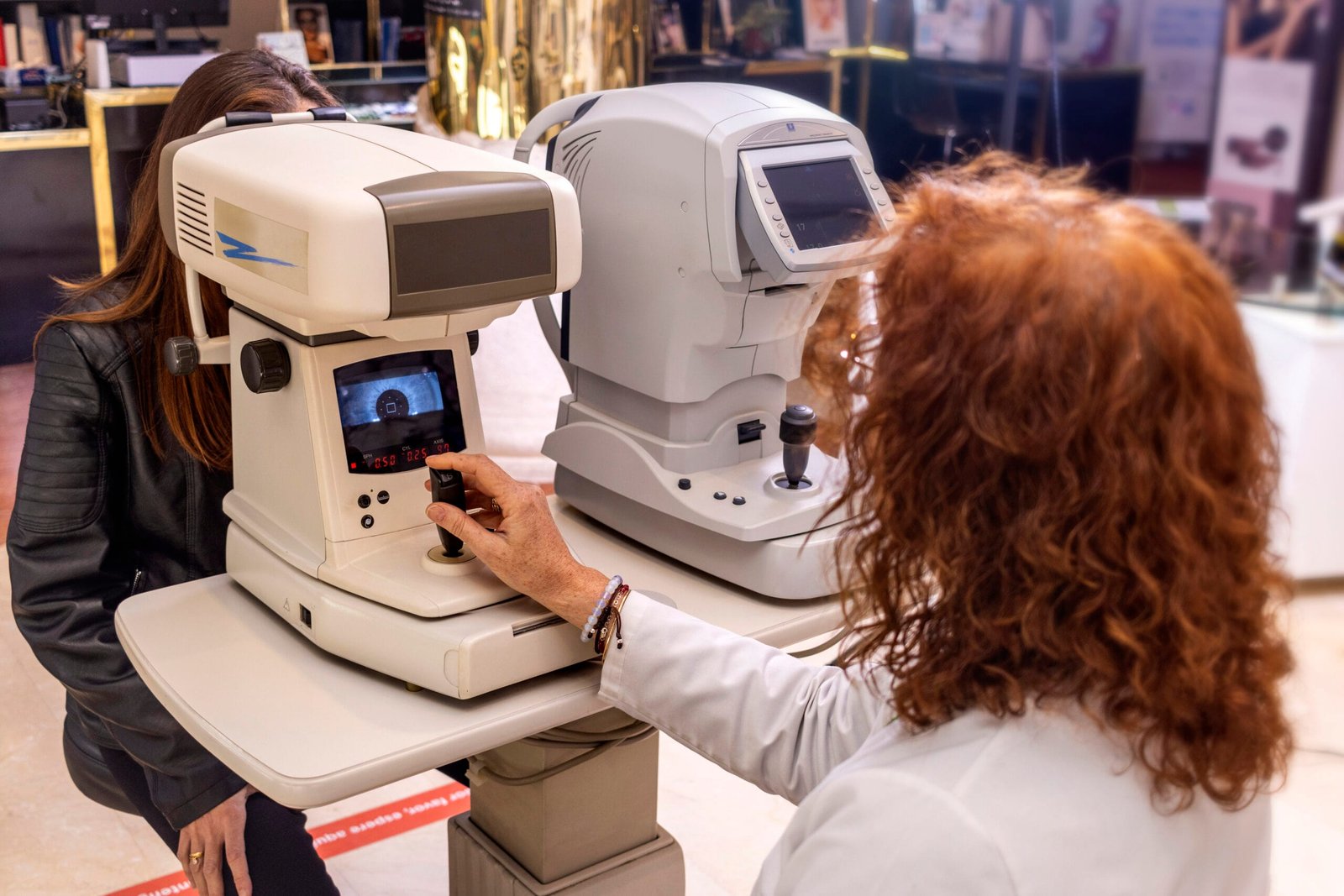In the ever-evolving field of eye care, precision is paramount. The accuracy of autorefractors in measuring refractive errors has revolutionized how optometrists and ophthalmologists diagnose and treat vision problems. These sophisticated devices offer efficiency and objectivity, but how reliable are they really?
Understanding Autorefraction Technology
Autorefractors are computerized instruments that objectively measure refractive errors—myopia (nearsightedness), hyperopia (farsightedness), and astigmatism—without patient input. These sophisticated devices work by projecting light into the eye and analyzing how it reflects off the retina.
Modern practices rely heavily on autorefractometers for initial assessments, providing a starting point for further examination. Their automated nature allows for quick measurements, especially valuable in busy clinical settings or when examining patients with communication difficulties.
The Science Behind Autorefractor Accuracy
Research indicates that autorefractors can measure refractive errors within 0.2 diopters of the accepted standard in many cases. This impressive accuracy of autorefractors in measuring refractive errors often exceeds that of manual refraction tests performed by practitioners.
These devices excel particularly at:
- Detecting myopia and astigmatism with high sensitivity
- Tracking subtle changes in vision over time
- Providing consistent baseline measurements
- Reducing operator-dependent variability
However, measurement biases do exist. Studies have documented differences ranging from +0.16 D to +0.42 D compared to subjective refraction, depending on the specific device used.
Comparing Autorefraction with Subjective Methods
While autorefractors provide valuable objective data, subjective refraction—typically performed with a phoropter—remains the gold standard for determining final prescriptions. The integration of both approaches yields the most comprehensive assessment.
The limits of agreement between autorefractors and subjective refraction typically fall within ±1 to ±1.75 diopters. This variance underscores that while autorefraction offers remarkable accuracy of autorefractors in measuring refractive errors, it may not always align perfectly with a patient’s subjective experience.
For comprehensive eye examinations, practitioners often combine autorefraction with visual acuity testing using projection systems. Modern projectors offer standardized charts that complement autorefractor findings.
Factors Affecting Autorefractor Accuracy
Several variables can influence the accuracy of autorefractors in measuring refractive errors:
1. Device-Specific Performance
Not all autorefractors are created equal. Wavefront aberrometry-based devices generally demonstrate superior performance compared to conventional models. For instance, studies show that Nidek autorefractors exhibit higher sensitivity and specificity for detecting myopia and hyperopia compared to some other brands.
2. Patient-Related Factors
Autorefractor readings may be compromised by:
- Media opacities (cataracts)
- Accommodation issues, especially in younger patients
- Fixation problems
- Tear film irregularities
- Previous refractive surgeries
The comprehensive assessment of these factors often requires examination with a slitlamp, allowing practitioners to evaluate ocular structures that might affect autorefraction results.
3. Technical Considerations
Calibration status, maintenance, and proper operation significantly impact measurement reliability. Regular servicing ensures consistent performance and extends equipment lifespan.
Clinical Applications and Best Practices
To maximize the benefits of autorefraction:
- Use autorefractor measurements as a starting point, not a final prescription
- Verify results with subjective refraction, especially for complex cases
- Consider multiple readings to assess consistency
- Recognize that different refractive conditions may show varying levels of agreement
- Integrate findings within a comprehensive refraction unit workflow
For astigmatism, autorefractors demonstrate good cylindrical power measurement but may show more variability in axis determination. This highlights the importance of clinical judgment when interpreting results.
Repeatability and Reliability
Autorefractors show impressive short-term repeatability, with variations typically within ±0.75 diopters for spherical measurements and ±0.4 diopters for cylindrical measurements. This consistency makes them valuable for monitoring refractive changes over time.
However, instrument-to-instrument variability exists. When transitioning between devices or comparing measurements from different clinical settings, practitioners should account for potential systematic differences.
Special Populations and Challenging Cases
While autorefractors perform admirably in routine cases, certain populations present unique challenges:
- Pediatric patients: Accommodation control can be difficult, potentially leading to myopic measurement bias
- Elderly patients: Cataracts and other media opacities may reduce measurement reliability
- Post-refractive surgery patients: Modified corneal geometry can confound standard autorefraction algorithms
- Keratoconus or irregular astigmatism: These conditions may exceed the measurement capabilities of standard autorefractors
For these challenging scenarios, specialized equipment and careful clinical assessment become even more crucial.
The Future of Autorefraction Technology
Emerging technologies promise to further enhance the accuracy of autorefractors in measuring refractive errors. Artificial intelligence integration, combined wavefront/topography systems, and portable autorefractors represent exciting developments that may further improve diagnostic capabilities and patient care.
As technology advances, the gap between objective measurement and subjective experience continues to narrow, offering even greater precision in vision assessment.
Conclusion
Autorefractors provide remarkable accuracy in measuring refractive errors, serving as invaluable tools in modern optometric and ophthalmological practice. While they don’t replace clinical judgment or subjective refraction, they significantly enhance the efficiency and objectivity of vision assessment.
Thank you for exploring this critical aspect of eye care technology with us. If you’re looking to upgrade your practice with premium refurbished optical equipment, we invite you to visit DSS Optical to discover our extensive selection of certified devices.
